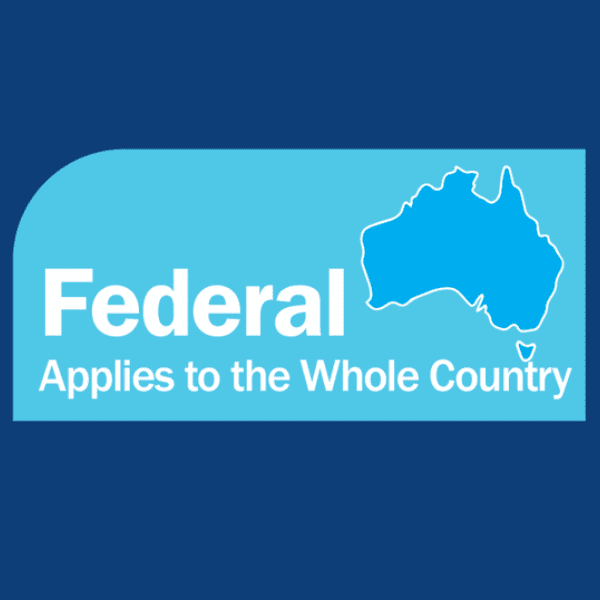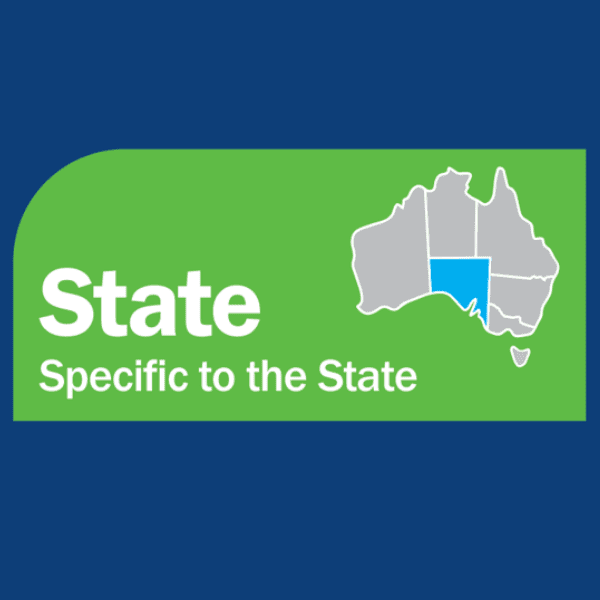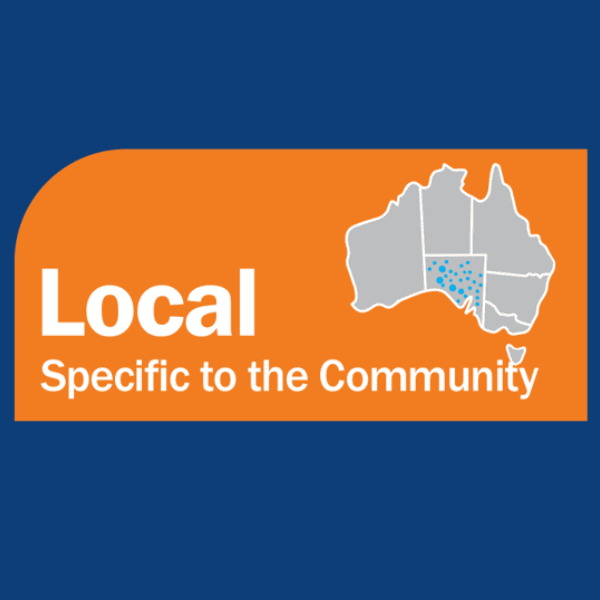There are three levels of Government in Australia: local, state and federal.

Image Credit: Parliament of South Australia

Federal Level
The federal level looks after issues that affect all Australians. The Federal Parliament makes federal laws. The Australian Constitution has lists in sections 51 and 52 of the different things the Federal Parliament can make laws about. Some examples include defence, foreign affairs, and immigration.

State / Territory Level
Each state and territory has a parliament that makes law just for that state or territory. The state level is responsible for issues like emergency services, hospitals and education. States do not have a set list of things they can make law about. States take care of issues that are not listed in the Australian Constitution. The split between federal power and state power is called the “division of powers.”
The Parliament of South Australia is at STATE level.

Local Level
The local level looks after things that affect local communities. There are over 500 councils across Australia. South Australia has its own State Constitution that says we can have local government in SA. We then have the Local Government Act 1999 that explains the system of local government in SA. The local level looks after issues like parks and playgrounds, community services, rubbish collection and recycling.
You can find out more about Local Government in SA with the LGA or the History Trust of South Australia.
Sometimes there are areas that overlap between different levels. For example, under “health” the federal level is responsible for medicines, but states are responsible for hospitals. The Australian Constitution says that if there is a conflict between a state and federal law, the federal law will take over.
Here is a snapshot of the different responsibilities.

Image Credit: Parliament of South Australia
